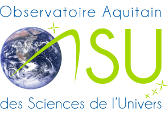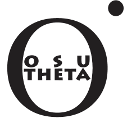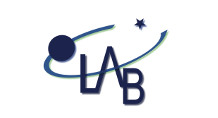- Home
- New simulation
- Description
- Precomputed star counts
- References
- Additional services
- Disclaimer
- Changes log
last modification:
Thu Dec, 11 2025 11:24 UTC
Useful links:
- The Mabuls service provides maps of the microlensing events expected, optical depth, time durations, etc. It is available at "Mabuls"
- The Gravpot16 service is able to compute orbits, assuming the Besancon Galaxy Model gravitational potential (Fernandez-Trincado et al, 2017). Have a look at "GravPot16"
- Gaia simulations are available at Paris Observatory site and at the CDS (only for the Gaia Universe Model Snapshot "GUMS").
For the Gaia mission, we have computed specific star counts in the G band,
using a slightly different model, described in Robin et al (2012)
[ADS]
and using the DPAC computing tool GOG (Gaia Object Generator,
http://cdsads.u-strasbg.fr/abs/2014A%26A...566A.119L).
These simulations are available here.
These star counts are summarized in
this table
# HealPix HealPixBin-l HealPixBin-b Gmagcount3 Gmagcount4 Gmagcount5 Gmagcount6 Gmagcount6 Gmagcount8 Gmagcount9 Gmagcount10 Gmagcount11 Gmagcount12 Gmagcount13 Gmagcount14 Gmagcount15 Gmagcount16 Gmagcount17 Gmagcount18 Gmagcount19 Gmagcount20
0 45.000000 87.660747 0.000000 0.000000 0.000000 0.000000 1.000000 3.000000 11.000000 38.000000 74.000000 167.000000 341.000000 606.000000 1051.000000 1539.000000 2401.000000 3354.000000 4835.000000 1996.000000
1 135.000000 87.660747 0.000000 0.000000 0.000000 1.000000 3.000000 8.000000 8.000000 29.000000 73.000000 168.000000 370.000000 624.000000 991.000000 1473.000000 2376.000000 3371.000000 4677.000000 2031.000000
...
in healpix sky regions of 8.59 square degree each.
They include photometric errors for the end of mission.
The Galaxy model follows mainly the thin disc modelling explained in
Czekaj et al (2014)
[ADS],
and the same thick disc, bulge and halo, as in model msp1612 presented above.






